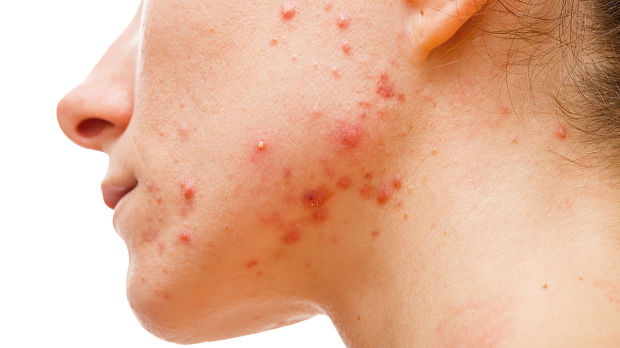
ACNE – a closer look at different treatment options
Having acne can affect an individual’s body image leading to shame, anxiety, depression, embarrassment and bullying from peers. Patients who suffer from acne present with low self-esteem and tend to be very self- conscious of their acne lesions. Treating a patient with acne can be one of the most rewarding patient interactions in the field of dermatology as improving an individual’s acne can improve a patient’s overall quality of life. Many of us who work in the field can attest to seeing a transformation in patients who first present to our clinics as timid self- conscious individuals into confident, happier beings.
Early treatment of acne is encouraged to minimize scarring and reduce psychological morbidity. By the time a patient presents to a dermatology provider, the majority have exhausted available OTC treatments. It is critical to obtain a clear history from the patient prior to prescribing a new treatment regimen. The patient should be questioned about the onset of their condition , treatments used and side effects experienced. In addition, the provider should ask about their daily diet. There is some evidence that high glycemic diets and dairy may play a role in acne. Lastly, signs or symptoms of hyperandrogenism should be considered in the female patient. The most common condition of hyperandrogenism is polycystic ovarian syndrome (PCOS). In addition to acne, symptoms include hirsutism, androgenetic alopecia and irregular menses.
The choice of topical preparations for an acne patient will depend on the type of skin of the presenting patient. Many acne patients have oily skin and for these patients, gels and solutions tend to work well. For patients with drier or more sensitive skin, formulations in a cream or lotion may be chosen. The location and amount of surface area that needs to be covered also plays a role in the choice of treatment. For example, providers may choose pledgets, washes or single-use medication pads for larger surface areas such as the back.
The approach to the patient with acne is tailored to the severity and type of acne. First line treatment of acne typically involves topical retinoids. They work as comedolytic agents, unclogging pores and work synergistically with topical antibiotics. An added benefit of retinoids is that they can alleviate hyperpigmentation (common in acne scarring). It is crucial to educate patient’s about sun safety when they are using topical retinoids due to it’s ability to make skin very sensitive to sun exposure. In addition to a topical retinoid, for mild papulopustular acne, the next step for treatment is a topical antimicrobial. This may begin with benzoyl peroxide alone, or an additional antimicrobial. Additional treatment options for a patient with mild acne includes azelaic and salicylic acid formulations.
For patients with more severe acne, a systemic antibiotic is often the next choice of treatment. For women, specifically, particularly if their acne seems to be hormonally related, an oral contraceptive may be effective for treatment. Spiranolactone, a potassium sparing diuretic and androgen blocker, has been found to be of use in women who suffer from hormonal acne as well. For severe nodulocystic acne, an oral isotretinoin is often needed for control. The prescription and surveillance of these patients requires adherence to very strict prescribing guidelines. Again, for both isotretinoin and most oral antibiotics, sun sensitivity and sun safety needs to be discussed with these patients. Lastly, various light treatments may be utilized in the acne patient with photodynamic therapy proving to be one of the most effective options.
Byline: Sarah B. W. Patton, MSHS, PA-C
Posted November 13, 2019







